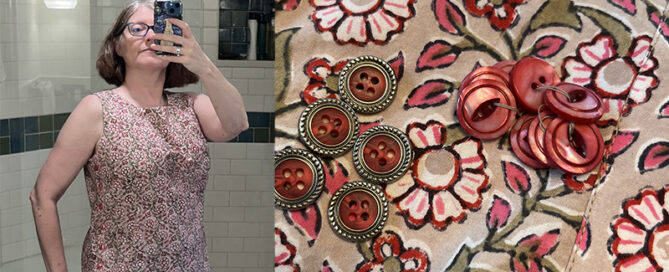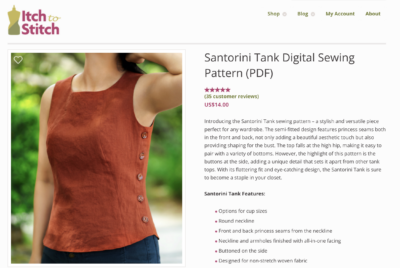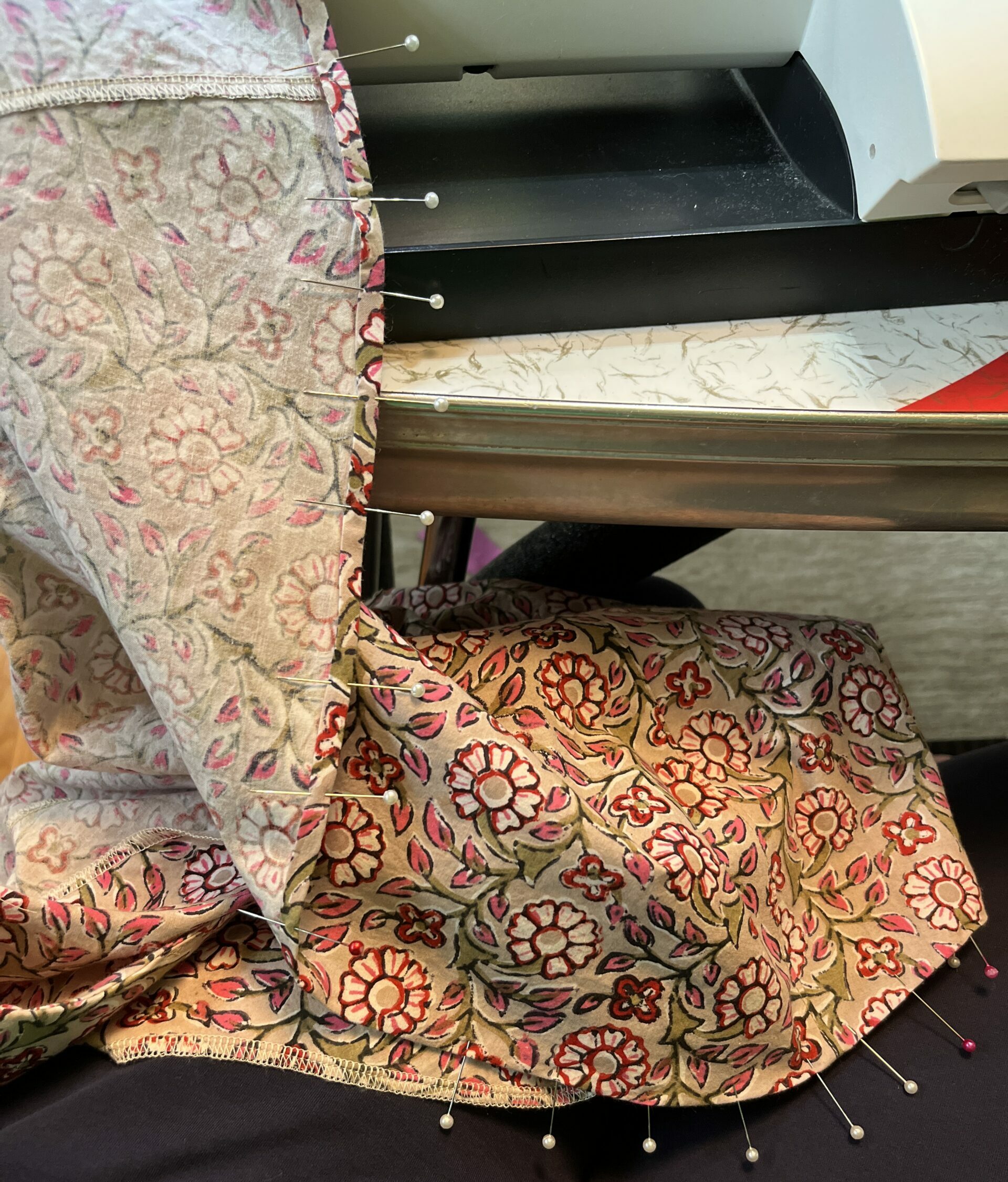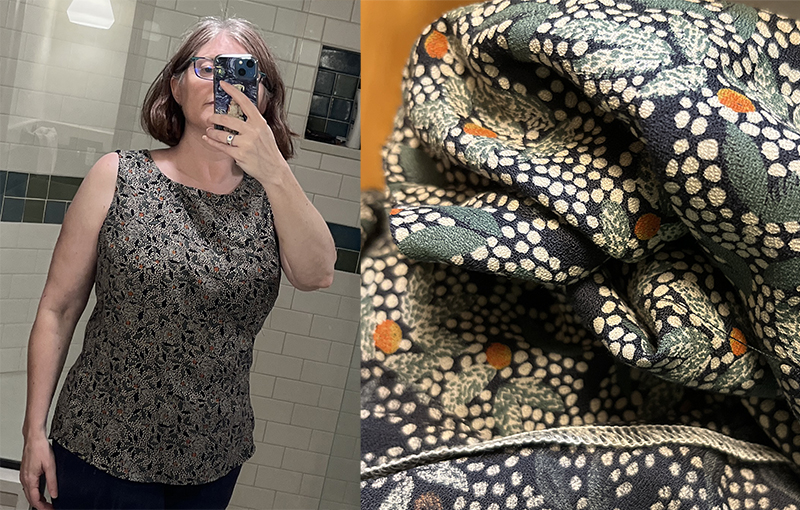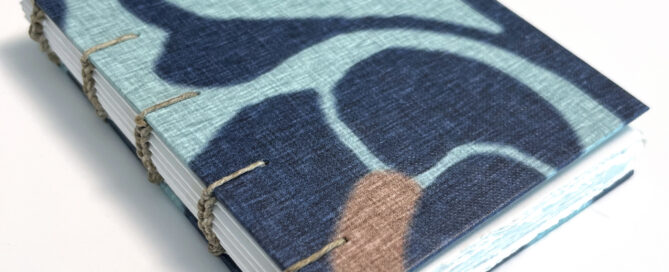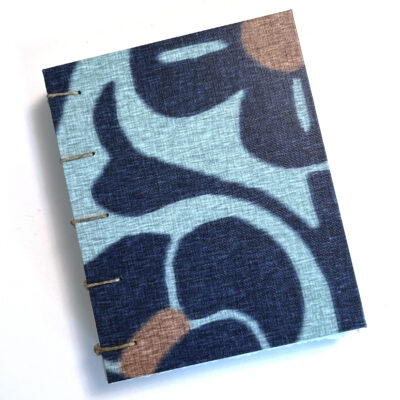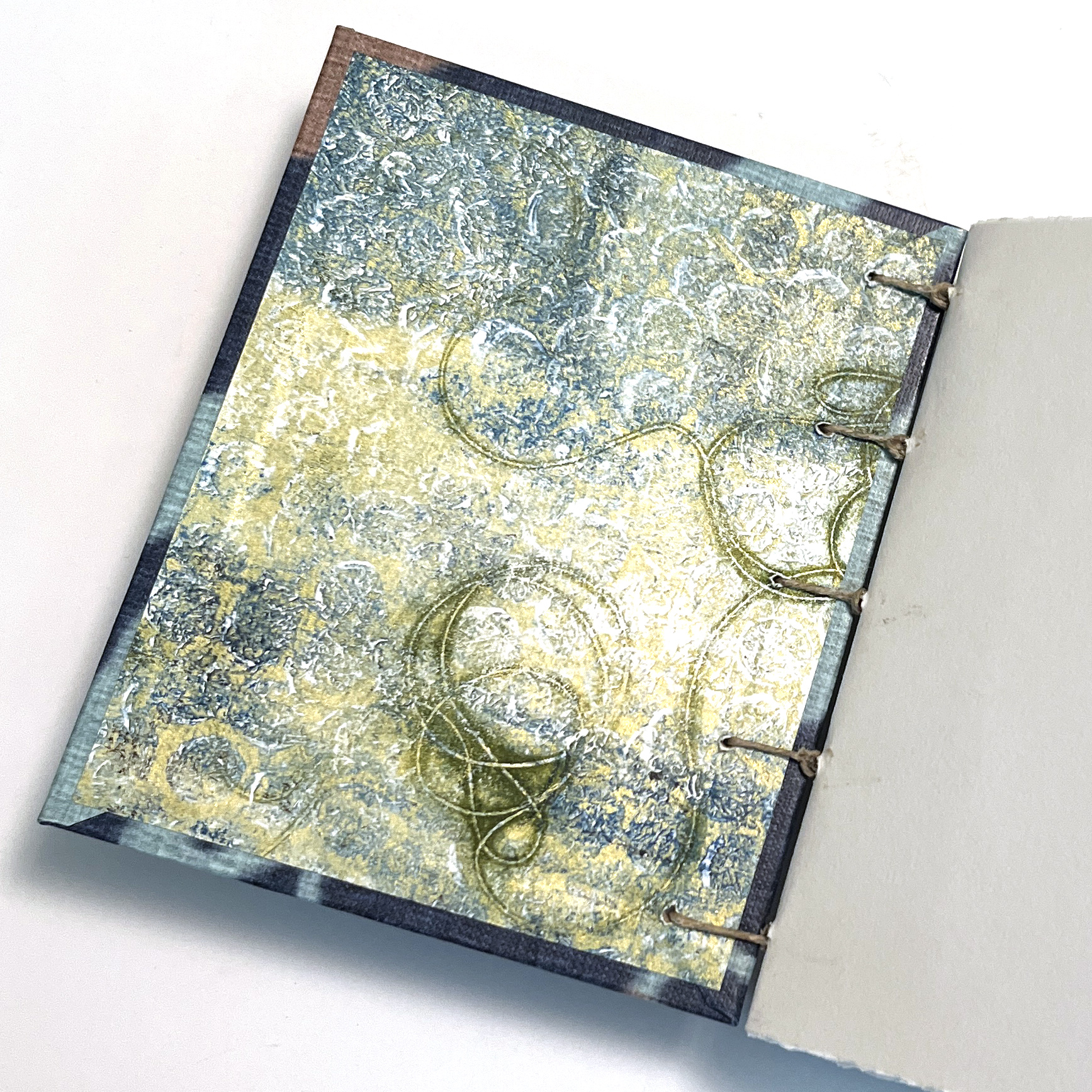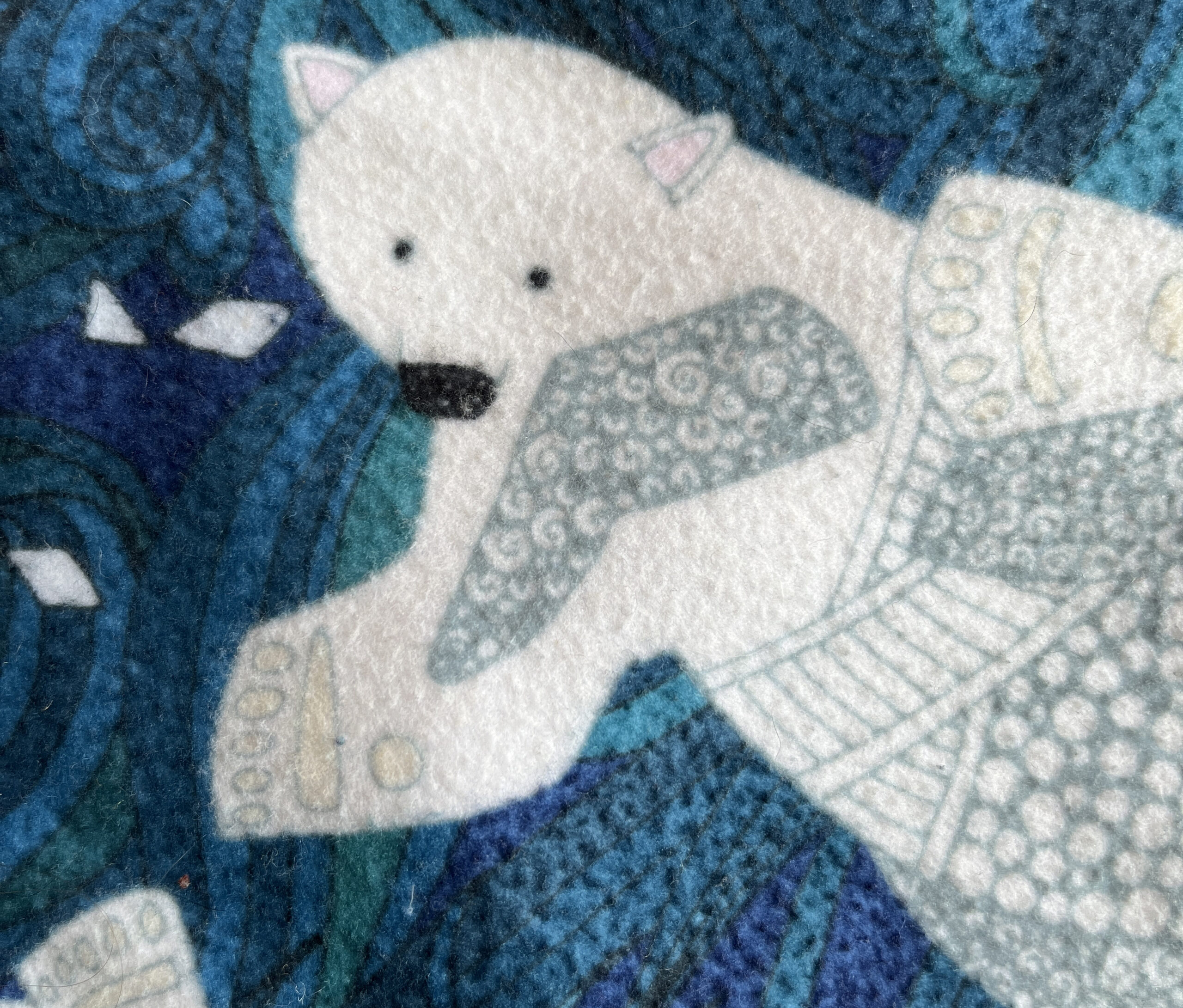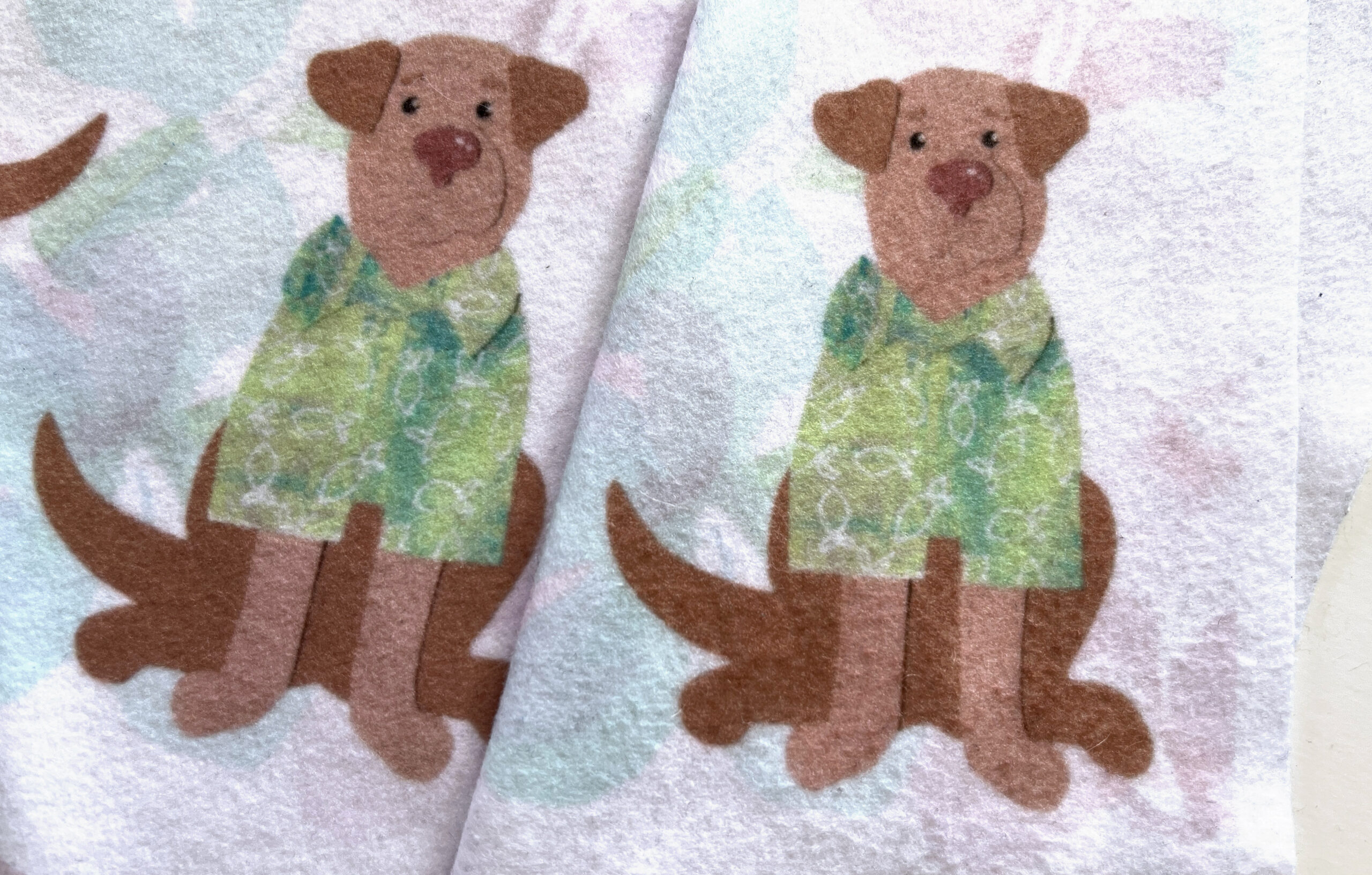A Review of Spoonflower’s Metallic Wallpapers
Want to listen instead of reading?
Spoonflower just recently introduced two new metallic wallpapers in silver and gold. I ordered some swatches in two of my own designs so I could check them out. Before I jump in to talk about the papers I want to make a little disclaimer: I am not going to talk about using this as wallpaper and hanging it on a wall. I am not a decorator and I don’t use wallpaper in that way. I am a paper artist, so I am going to talk about it in that context as art paper. (So if you are looking for tips about hanging it or what type of paste to use, I am not your girl.)
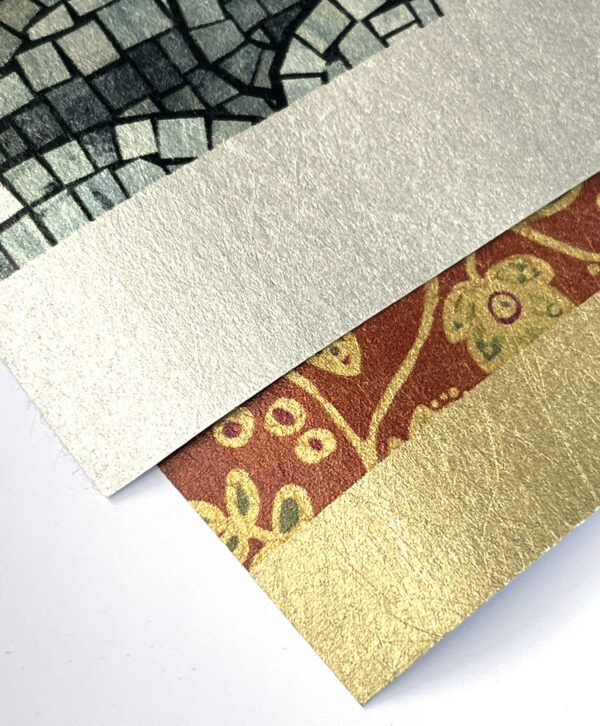 The new Silver and Gold wallpapers are basically identical except for color. Each paper has a base or background color of either silver or gold that your design is printed on top of. The color of the paper shows through any white areas of the design and gives the overall colors of the design a tinted shimmer. You can see the unprinted selvedges of the paper here to get an idea what that base color looks like.
The new Silver and Gold wallpapers are basically identical except for color. Each paper has a base or background color of either silver or gold that your design is printed on top of. The color of the paper shows through any white areas of the design and gives the overall colors of the design a tinted shimmer. You can see the unprinted selvedges of the paper here to get an idea what that base color looks like.
The color of the paper does influence the color of the printed designs, so I picked a couple of my designs I thought would really compliment the silver and gold undertones. These printed beautifully. The colors are really crisp and sharp and the metallic makes them look very rich.
The paper has an irregular fibery texture. I’ve heard people describe it as leathery. I think it looks a little like a surface that has been gold leafed. It’s not smooth like copy paper, but it reminds me of a satin or brushed metal finish you see on jewelry. The surface is not plasticky which was a very pleasant surprise but it feels like paper.
The weight is about equivalent to a mid weight drawing paper. It takes a crease and curves around surfaces nicely without cracking. I made two coptic bound sketchbooks with my swatches (up above) and it wrapped easily around the corners and edges. The paper didn’t burnish or get marked when I used a bone folder to guide it around the corners.
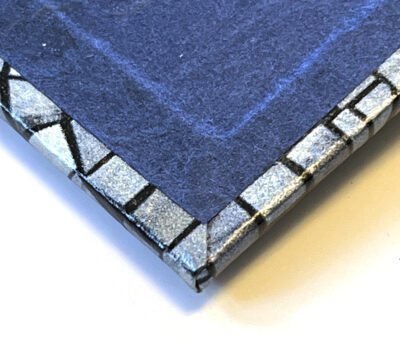 The back side of the paper is a plain white matte paper surface that feels a little like newsprint. Since it’s designed to have glue added to it, it soaked up the PVA I used for the book covers and glued to the cover boards as easy as anything.
The back side of the paper is a plain white matte paper surface that feels a little like newsprint. Since it’s designed to have glue added to it, it soaked up the PVA I used for the book covers and glued to the cover boards as easy as anything.
I took a really short video so you could really get a sense of the shimmer of the metallic since that’s so difficult to capture in a still photo.
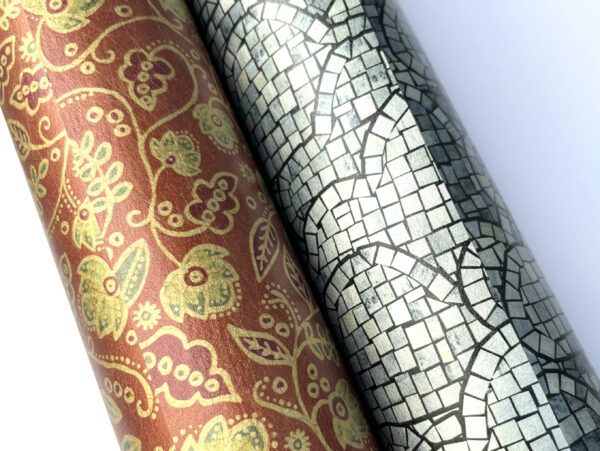 Overall, I can’t say enough good things about this paper! The first thing I did when I finished making these book covers and I was waiting for the glue to dry was order 4 more swatches with different designs. I am planning to make a covered box next.
Overall, I can’t say enough good things about this paper! The first thing I did when I finished making these book covers and I was waiting for the glue to dry was order 4 more swatches with different designs. I am planning to make a covered box next.
It might also be amazing as a wall covering but I think it’s a really cool new art paper and I can’t wait to figure out more ways of incorporating it into my designs. I ordered swatches which are 24×12 inches, which gives me plenty to make several covered books and try some experiments.




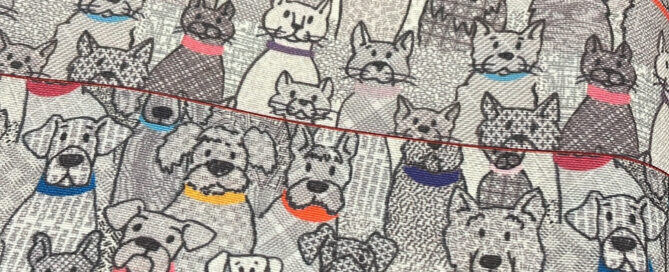
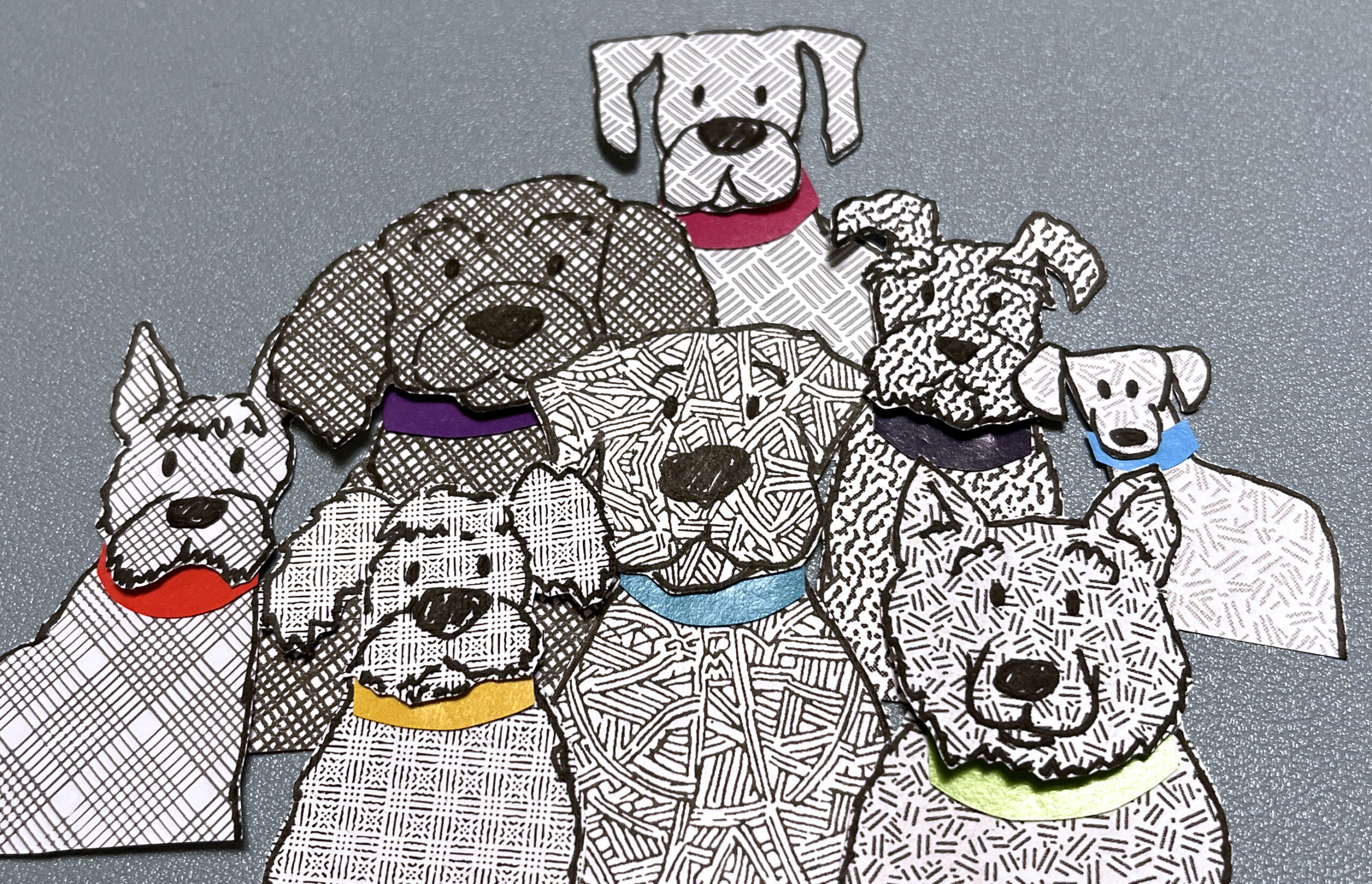
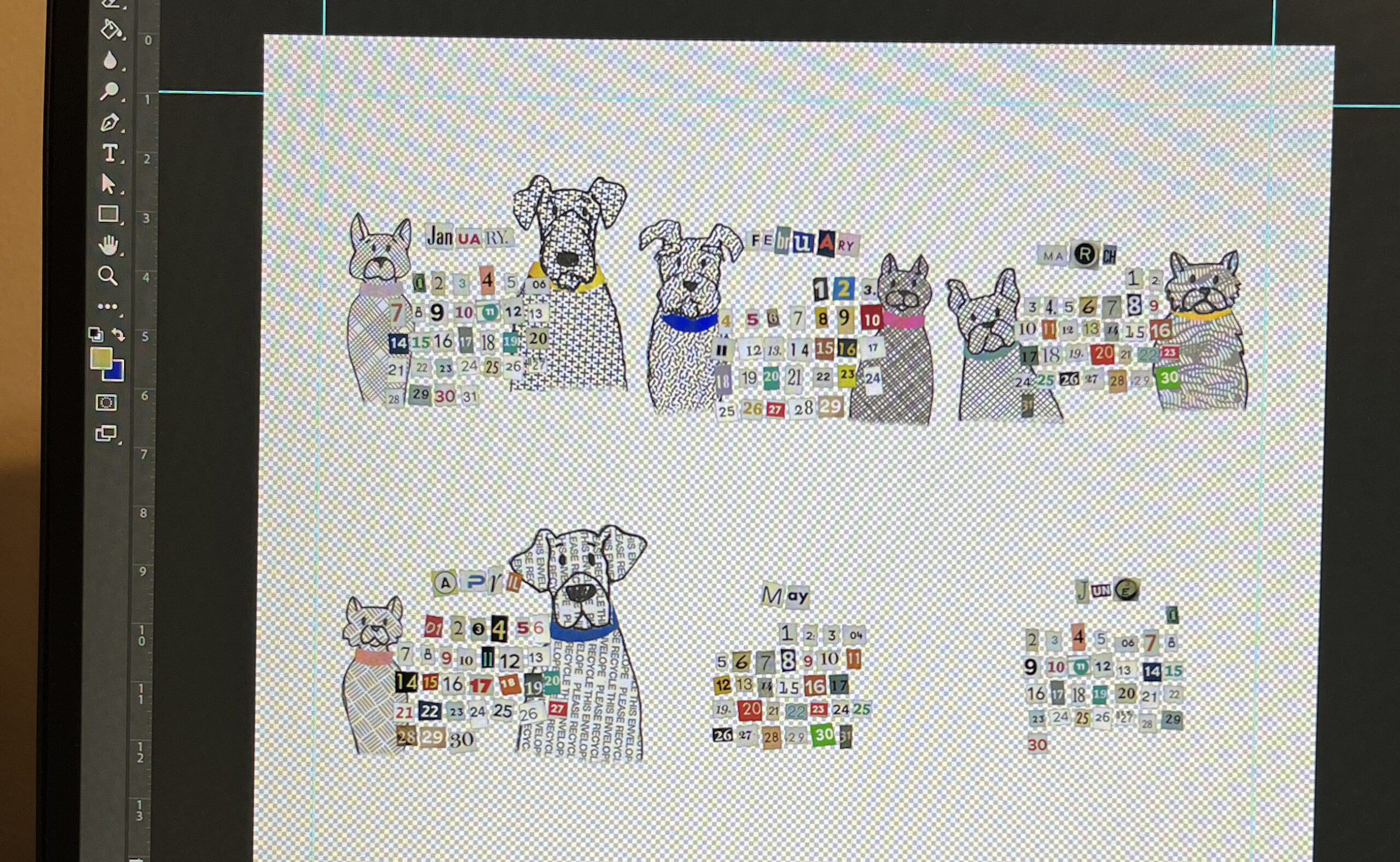
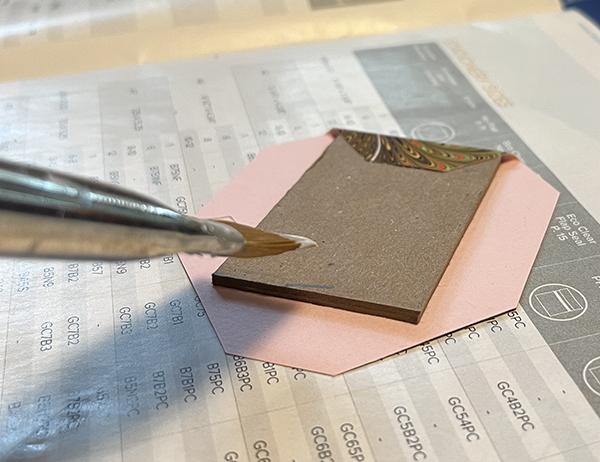
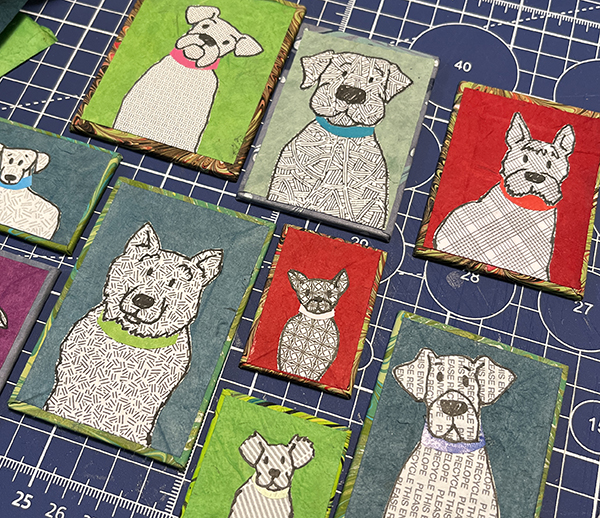
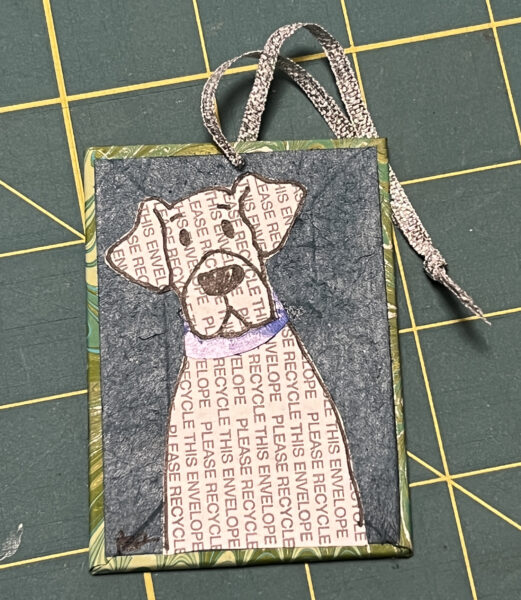 The rest of the ornaments went off to holiday shows at the Northrup King Building and North Suburban Center for the Arts, but I decided that I needed to keep this Stanley for myself. I love this particular security envelope design so much. If you look closely it says “PLEASE RECYCLE THIS ENVELOPE.”
The rest of the ornaments went off to holiday shows at the Northrup King Building and North Suburban Center for the Arts, but I decided that I needed to keep this Stanley for myself. I love this particular security envelope design so much. If you look closely it says “PLEASE RECYCLE THIS ENVELOPE.”